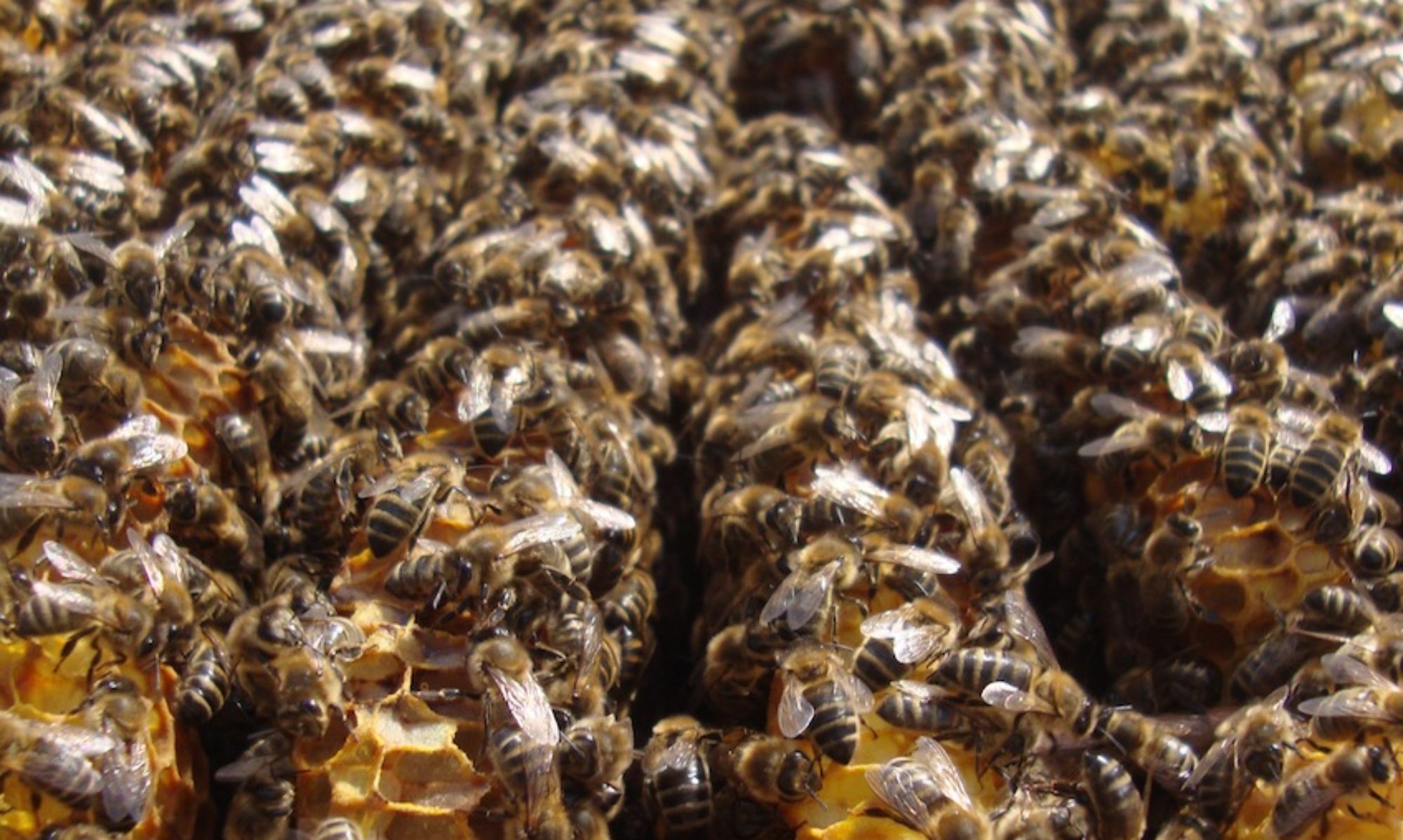Episode 16
Bee medicine. Stefan Stangaciu talks to LB about Apitherapy and its role in a new pandemic world
A matter of weeks before the release and roll-out of the Covid-19 vaccines, we spoke to leading Apitherapist, Stefan Stangaciu about the huge progress in research relating to honeybee medicines; particularly propolis. Apitherapy is all about the health that comes from bees (Apis) and the hive. Stefan has 29 years experience in this area. Our lives have been transformed by pandemic, leading us to search urgently for new drugs, vaccines and remedies. We look to multinationals and powerful corporates for answers; but the bee’s clever strategies for disease mitigation and control pre-date ours by millions of years. Their ability to cope, adapt and survive is a sobering example to us as humans. Perhaps now we can draw on their experience and benefit from their medicine; reviving what our ancestors already knew. More information plus the Zoom recording on www.livingbeeing.com. Stefan’s website: www.apitherapy.com.
Episode 17
“Honeybee’s” Journey – how the bees inspired Rikk Smith to make a beautiful instrument
The talented craftsman and musician Rikk Smith, aka. Shining Fox, makes Native American flutes. He tells us about his recent introduction to the honeybee and how this journey inspired him to make an instrument in the creature’s honour. Rikk also treats us to a song on this beautiful instrument. Rikk learned to make these flutes whilst living in America and was taught the traditional methods with hand tools. For him, the whole process of making a flute is a spiritual and meditative experience. Captivating listening. As well as making amazing flutes, Rikk also runs flute making workshops in the UK, America and Europe. More information can be found on his website: www.shiningfoxcreations.com.
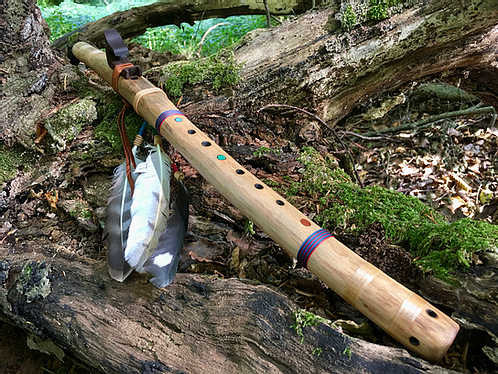
Honeybee 
Chris’ Apitherapy House 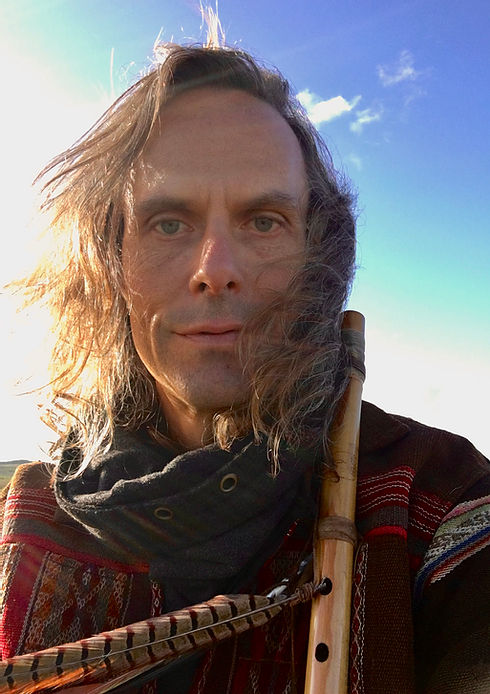
Rikk Smith 
Bee Meditation
Episode 18
Mead Magic. Chris is our guide on the mystical journey of this truly ancient, medicinal drink.
Back in July 2020, in the midst of the pandemic, we spoke to Chris about his huge experience with making mead. People have been dabbling with this fascinating brew for millenia. A fermented drink made from honey and water (and sometimes herbs or fruit), it has a magical effect on mind and body. In this mouth-watering episode, we talk about mead’s rich taste, its powerful medicinal properties, the ancient traditions of making mead and the wide range of herbs that can be added to it to increase its flavour, opacity and health values.
Chris’ Mead Recipe
One gallon of water4 lbs of honey
Juice of one lemon
One tablespoon of bee pollen
One ounce of nettle tea
Wine yeast (optional)
Method: Mix the honey & water with a large wooden spoon (bring to boil if using a wine yeast, warm to 30 degrees C if wanting to wild ferment). Funnel into a demijohn or pour into a fermenting bucket with tea and lemon juice. Cool to around 24 degrees C add the pollen and wine yeast(optional). Cover and keep in a warm place for a few days.If not already in demijohn, siphon in and put an airlock on.Rack off any sediment once settled. When mead has finished fermenting and cleared, bottle it.
Feel free to enjoy at your leisure.
The longer you leave it the better it gets!
Episode 19
Bees and Bears. The challenges of beekeeping and bee breeding in Finland
Back in April 2021, we spoke to Markku Pöyhönen, an urban beekeeper living and working with bees in Finland. After a bit of a summer break, we can now share this wonderful interview with you. Marrku is passionate about bee genetics, and a particular supporter of the black honeybee (Apis Mellifera Mellifera), believed to be the indigeous bee of Western / Northern Europe. We also hear about some of the challenges posed by some of Winnie the Pooh’s cousins.
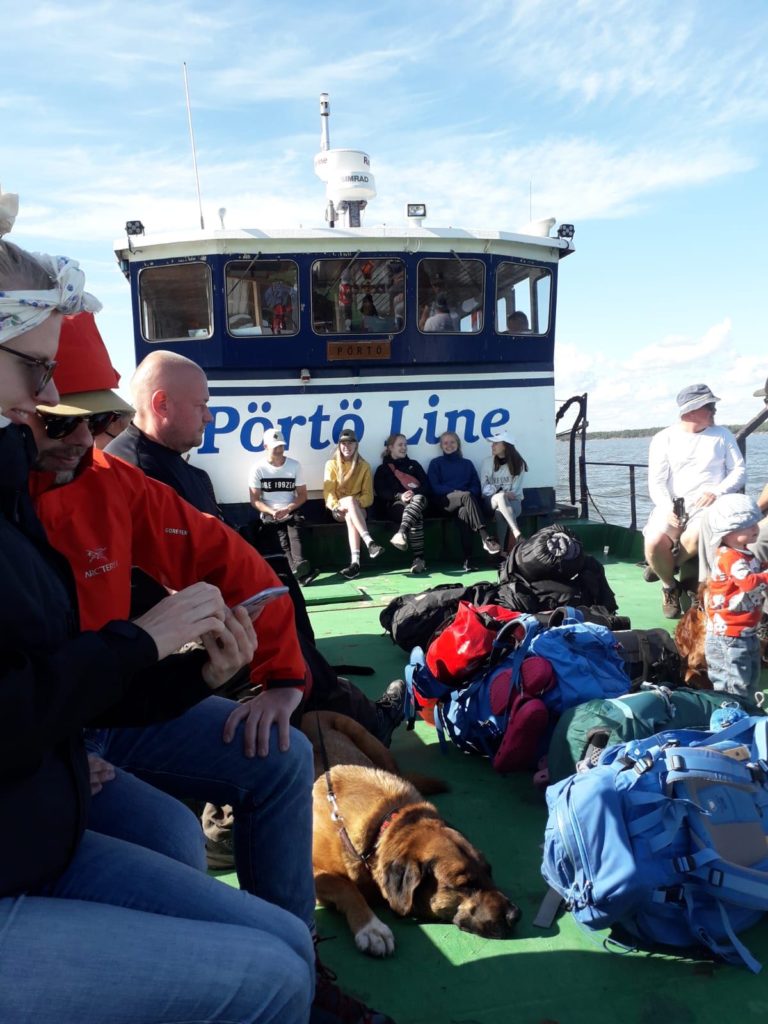
Marrku’s commute 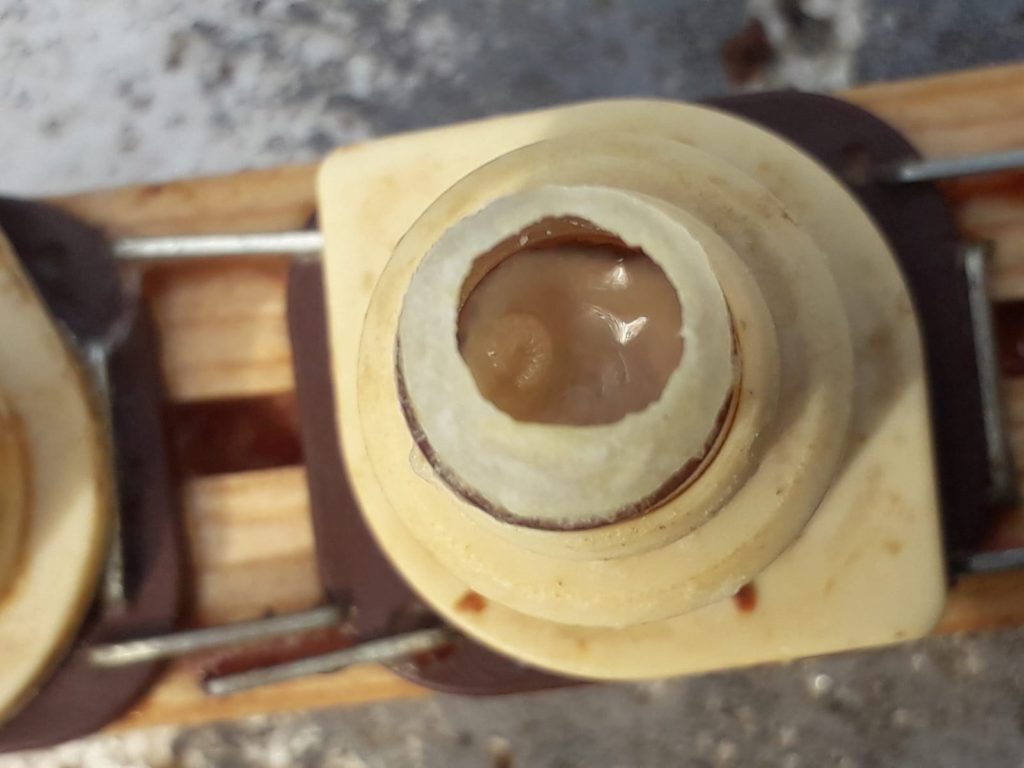
Queen cup with royal jelly and developing larva 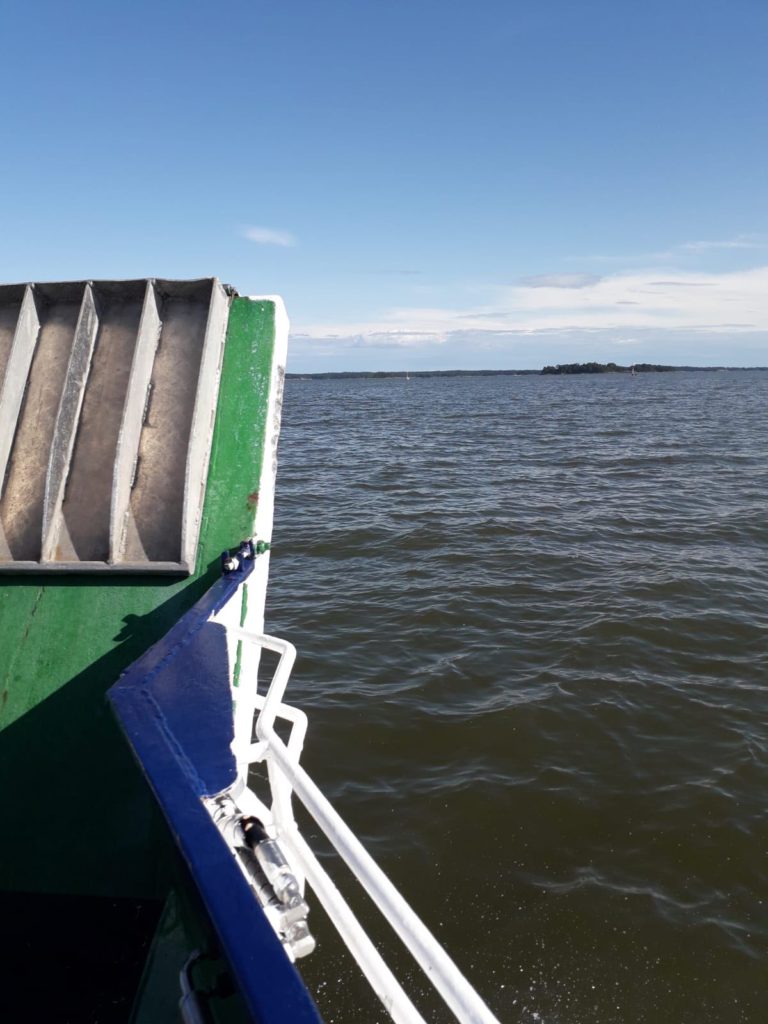
Remote islands 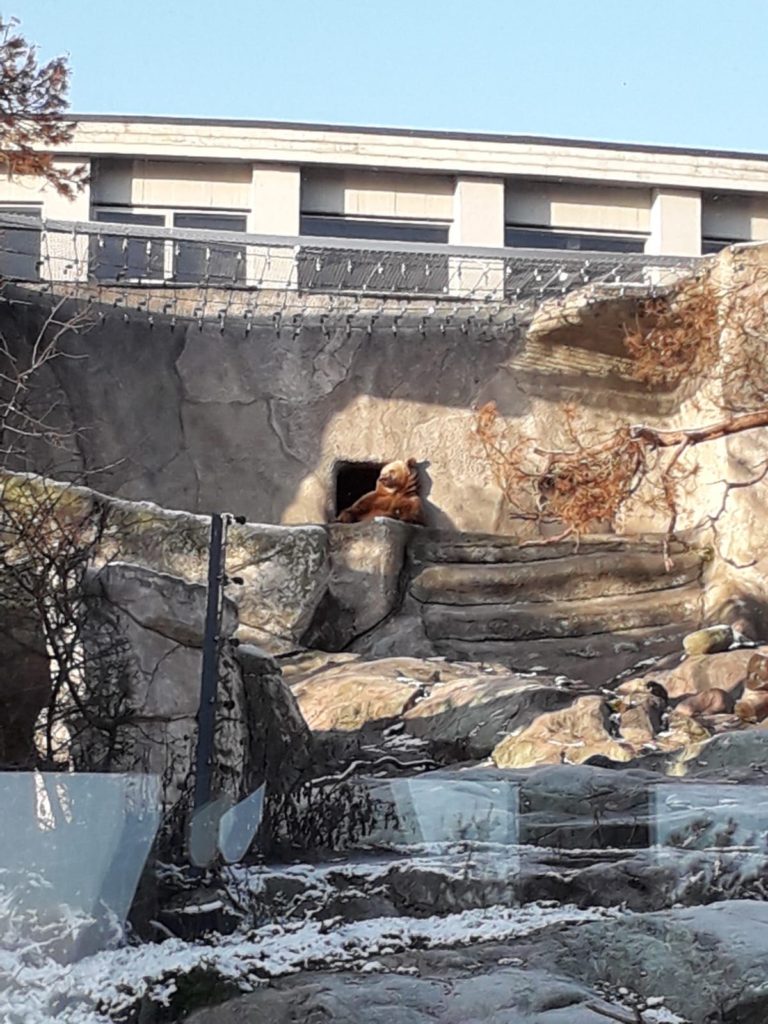
Episode 20
A Bee C. We’re going back to school with Jen Moore as she tells how bees can teach us so much about the world.
Jen first got into keeping bees more than 10 years ago and quickly realised: that real ecology is more complex than we can ever imagine, that everything fits together in remarkable and wonderful ways and that just keeping honeybees in hives is far from the whole picture. Now she talks to schools and young learners about the other 274 species of bee, about butterflies, flies and wasps, about their relationships with plants and about how we need to protect our environment in a sensitive, meaningful way. She aims to dispel myths and misunderstandings and to help nurture a new generation of active naturalists.
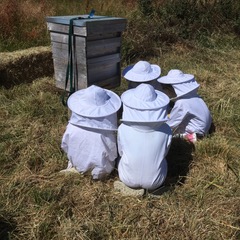
West Rise children round a hive at BeeFest 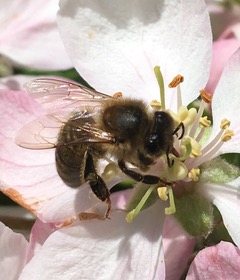
Honey bee on apple blossom 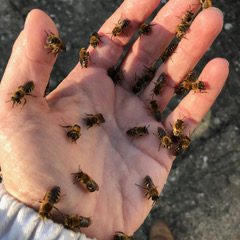
Ivy Bees 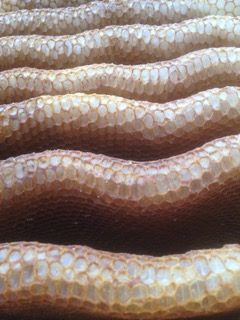
Comb from a skep 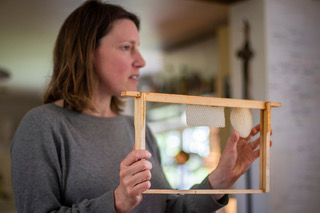
Jen Moore
